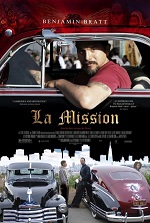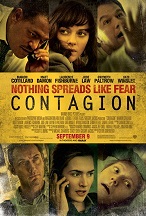ESL through Film
How do I develop an ESL film class?
Both of the classes below were designed to support international university students in analyzing cultural issues and experiences in the US while improving their English skills. When developing a film class, I select 4-6 films that share common a common theme that I want the students to explore through the class. I then show each film over the course of 6-8 class hours. A typical class involves showing a 20-60 minute portion of the film (depending on the length of the class) with the rest of the class devoted to instruction and discussion that supports the students in analyzing the cultural issues and experiences in the films. I also assign readings that focus on the films or issues, and students are required to keep an academic journal in which they analyze the content from both the films and readings. Student learning is evaluated through quizzes, their academic journal, presentations and student participation.
Exploring immigrant and multi-cultural experiences through film
This class was designed to use film as a way to explore immigrant and multi-cultural experiences in the United States. The first half of the class focuses on aspects of the Latin-American experience as told through the films, La Mission and Spanglish. The second half of the class focuses on aspects of the Asian-American experience through the films, The Joy Luck Club and Mao's Last Dancer. Class discussions and assignments focus on surface level issues such as vocabulary and plot as well as deeper issues such as representations of culture and identity.
See the class syllabus
See a sample 3 day lesson plan for the film La Mission
 Exploring the health sciences through film
Exploring the health sciences through film
This class was designed to use film as a way to explore cultural, ethical and medical issues in the health sciences. Selected films include Contagion, Supersize me, Patch Adams and Rain Man. Class discussions and assignments focus on surface level issues such as idiomatic language and plot as well as deeper issues such as representations of culture, health care, and disease. Students examine various ways of interacting in healthcare settings, gain insights into multiple aspects of healthcare cultures, and develop conversational, presentation and writing practices through course activities.
See the class syllabus